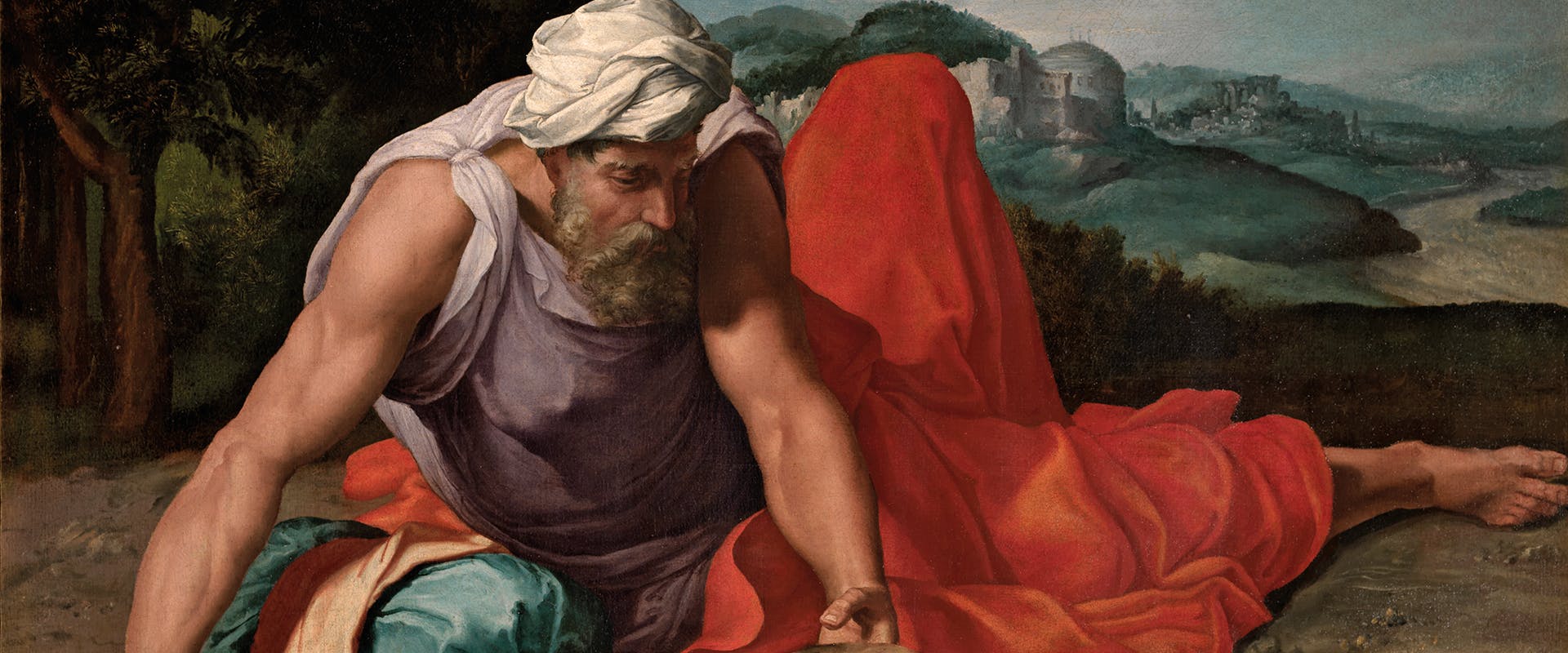A 16th-century masterpiece enters the Uffizi's collection: "Elijah in the desert"
The Uffizi Galleries have purchased a rare painting by Daniele da Volterra, collaborator and friend of Michelangelo
The painting Elijah in the desert (oil on canvas, 81 x 115 cm) was executed by Daniele Ricciarelli, better known as Daniele da Volterra, between 1543 and 1547 under the rule of Pope Paul III Farnese (1534-1549). Benedetto Falconcini in his Praise of the painter says that in 1772 it was still on view in Daniele da Volterra’s descendants’ home, from where it was handed down to Sienese Counts Pannocchieschi d’Elci’s collection the Uffizi Galleries have finally purchased it from.
Absolute masterpiece of the 16th-century Italian painting, Elijah in the desert displays the influence of Michelangelo’s anatomy on Daniele da Volterra’s painting, and is clearly inspired by the master’s inventions frescoed on the Sistina Chapel’s ceiling and in his Last Judgement. Almost a foreshadow of the Christian Eucharist, the extremely rare iconography of the prophet absorbed in meditation on the significance of the bread brought to him by a raven gives also evidence of this work’s importance as one of the first examples of the Counter-Reformation’s painting.
“The newly inaugurated Room dedicated to Michelangelo – says the Director of the Uffizi Galleries, Eike Schmidt - perfectly matches in terms of timing with the purchase of this Daniele da Volterra’s masterpiece. In the coming soon rooms devoted to the 16th-century painting, it will take a place of honour next to the Massacre of the Innocents (1557), already part of the Medicean collection and rare collector’s item among this artist’s paintings – less than 10 - executed on either canvas or panel, which have been survived so far. Beloved friend of Michelangelo, Daniele da Volterra reinterprets his sculptural bulkiness masterfully”.
